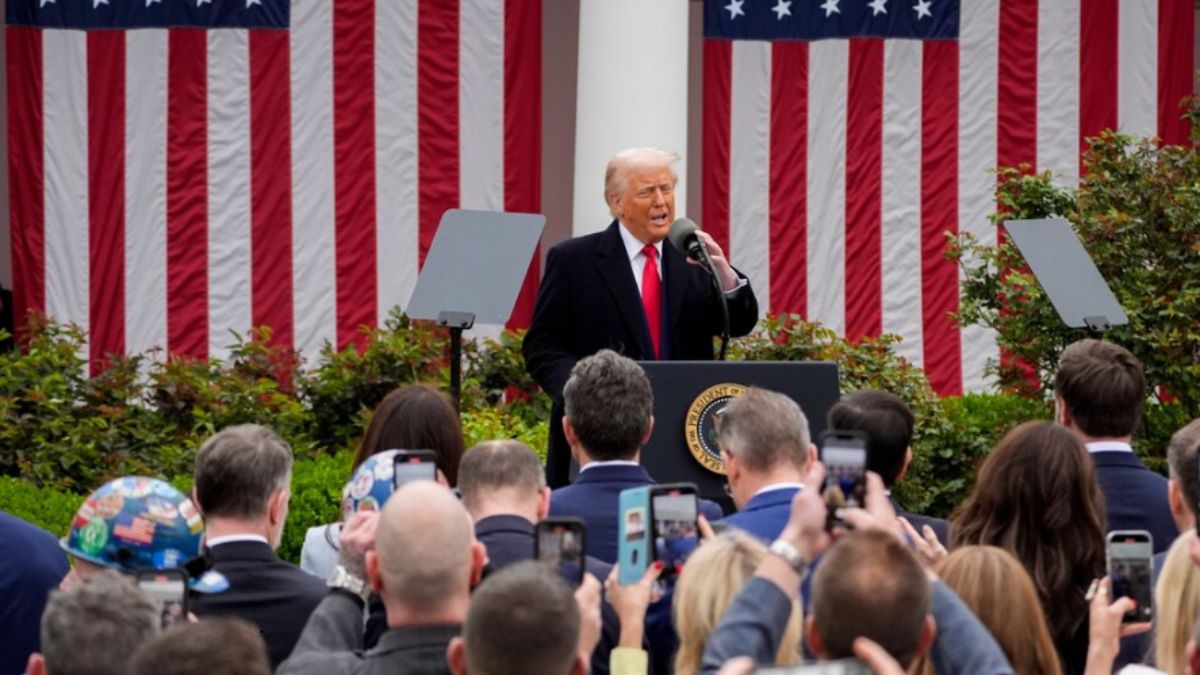In a sweeping policy move aimed at restoring trade balance and national security, US President Donald Trump is imposing customised reciprocal tariffs on nearly 60 countries identified as “worst offenders.” These country-specific duties, which vary by nation based on existing tariff and non-tariff barriers, will take effect from April 9 at 12:01 a.m. ET, as confirmed by senior White House officials.
While the baseline tariff rate of 10% on all imported goods will kick in from April 5, the harsher reciprocal tariffs will be activated four days later. These new tariffs are calculated as half of the total burden (tariffs + VAT + non-tariff measures) that the listed countries impose on US exports.
Key features of the reciprocal tariff regime:
- Baseline 10% tariff on all nations starts April 5, 2025
- Custom reciprocal tariffs on 60+ “worst offenders” start April 9, 2025
- Section 232 products like autos, steel, copper, aluminum and lumber are excluded
- Countries like China (34%), Vietnam (46%), India (26%), and Japan (24%) face some of the highest penalties
- Trump called these tariffs “kind” and “discounted,” claiming they’re still lower than what the US has been charged historically
The tariff action comes under a national emergency declaration that cites economic and national security risks stemming from trade imbalances and foreign trade manipulation.
During his announcement, President Trump said:
“This is Liberation Day. Foreign scavengers have torn apart our American dream. That ends now.”
The official White House executive order will list country-wise tariff levels, and is designed to ensure foreign trading partners can no longer exploit loopholes or offload goods cheaply into the US market.
This is being seen as one of the most protectionist trade overhauls in recent US history, potentially reshaping global commerce over the coming months.
Stay tuned as we track responses from global trade partners and the impact on key sectors in India and beyond.


